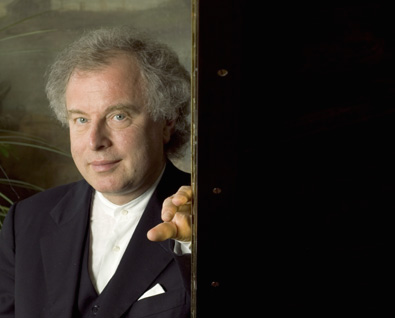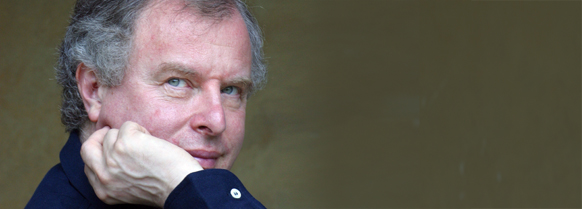Tag: Well-Tempered Clavier
-

PROGRAM NOTES: ANDRAS SCHIFF PERFORMS BACH
J. S. Bach: Well-Tempered Clavier One of the monumental landmarks in the history of music, Bach’s Well-tempered Clavier (the WTC for short) has come to represent the “Old Testament” of the pianist’s repertory (Hans von Bülow) and his “daily bread” (Robert Schumann). “For more than 250 years,” states Davitt Moroney, “Das wohltemperierte Clavier has…
-

ANDRÁS SCHIFF: ON PLAYING BACH AND THE WELL-TEMPERED CLAVIER
Senza pedale ma con tanti colori (Without the pedal but with plenty of colours) Playing J. S. Bach’s keyboard music on the modern piano, pianists are confronted with various fundamental questions. The answers to these are never simple. For example: what is the “correct” instrument for the Well-Tempered Clavier? The clavichord, the harpsichord, the organ,…

